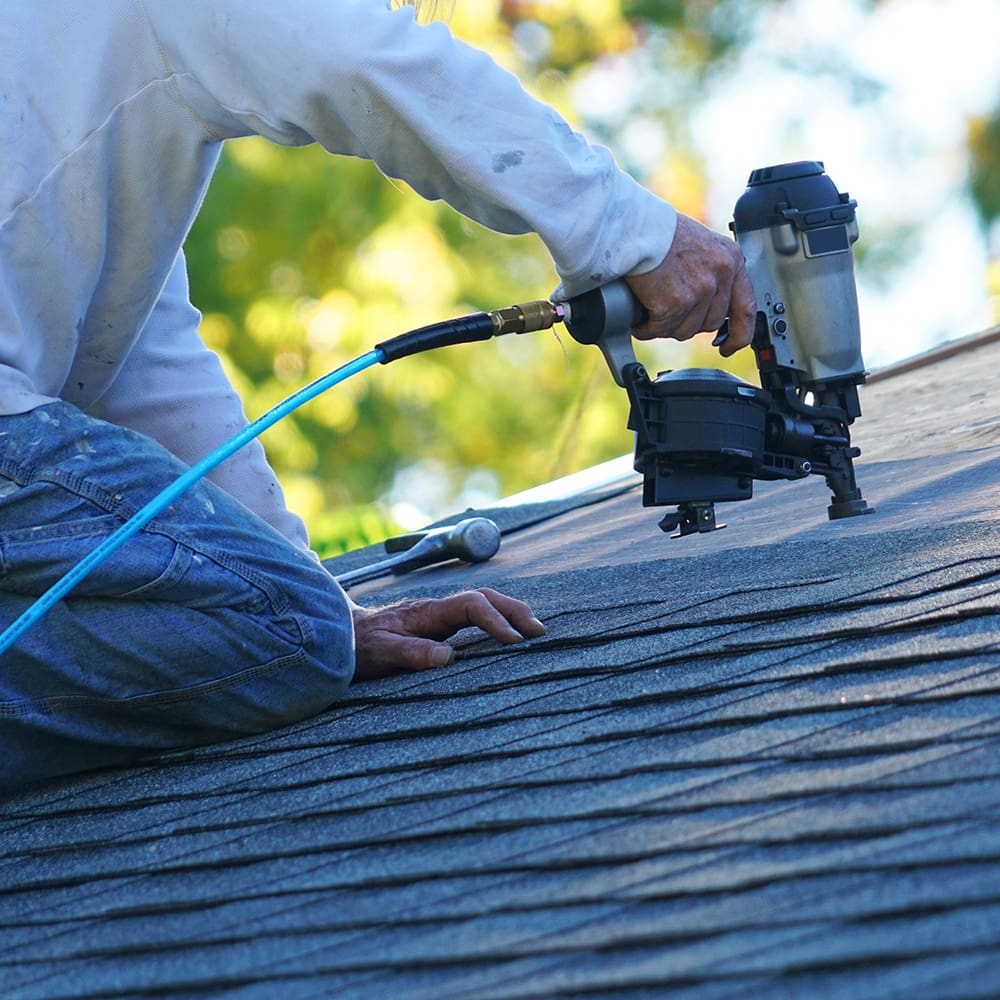What’s the Cost of a New Roof? Here’s What Homeowners Need to Know

Your roof is one of the most critical parts of your home, protecting you from the elements and ensuring your family's safety. But when it's time to replace it, there's one burning question on every homeowner's mind—how much does a new roof cost?
In this article
Your roof is one of the most critical parts of your home, protecting you from the elements and ensuring your family’s safety. But when it’s time to replace it, there’s one burning question on every homeowner’s mind—how much does a new roof cost?
In this comprehensive guide, we’ll break down the various factors influencing roof replacement costs, what you can expect to pay, and how you can plan your budget effectively. Whether you’re preparing for a future investment or facing an urgent need, we aim to provide you with all the crucial details.
Understanding Roof Replacement Costs
What Influences the Cost of a New Roof?
Several factors play a role in determining the cost of a new roof. These include the size and slope of your roof, the materials you choose, and the labor involved. For instance, a larger or more complex roof will naturally be more expensive to replace than a smaller, simpler one.
Additionally, the choice of materials greatly affects the overall cost. Asphalt shingles are typically the most affordable, while options like metal, tile, or slate can significantly increase expenses. Labor costs also vary based on location and the complexity of the job, so it’s essential to consider these elements in your budget.
Average Roof Replacement Costs
On average, homeowners can expect to pay between $5,000 and $10,000 for a new roof. However, this range can fluctuate based on the factors mentioned earlier. For a standard 2,000-square-foot home with asphalt shingles, costs might be closer to the lower end of the spectrum. Conversely, homes requiring premium materials or intricate designs will likely see higher costs.
It’s crucial to get multiple estimates from reputable contractors to understand the specific costs for your situation fully. This can also help identify any potential savings or areas where you might want to invest more.
Cost of Different Roofing Materials
Different roofing materials come with varying price tags, each offering unique benefits and lifespans. Here’s a quick overview:
- Asphalt Shingles: Typically cost between $1.50 and $5.50 per square foot. They are the most common choice due to their affordability and ease of installation.
- Metal Roofing: Prices range from $5 to $14 per square foot. Metal roofs are known for their durability and energy efficiency.
- Tile Roofing: Costs can be between $6 and $15 per square foot. Tile is both aesthetically pleasing and long-lasting but can be heavy and require additional structural support.
- Slate Roofing: The premium option, ranging from $10 to $30 per square foot. Slate offers unparalleled beauty and durability but comes at a higher cost.
Additional Factors Affecting Roof Replacement Costs
Roof Shape and Design Complexity
The complexity of your roof’s design can significantly impact the cost. A straightforward, single-slope roof will be less expensive to replace than a multi-faceted roof with intricate angles and valleys. Complex designs require more labor and materials, leading to higher expenses.
Local Building Codes and Permits
Local building codes and permit requirements can also affect the total cost of your roof replacement. Some areas have stringent building regulations that necessitate specific materials or installation methods, which can add to the overall expense. Always check with your local authorities to understand any additional costs associated with compliance.
Removal of Existing Roofing
The cost of removing your old roof is another factor to consider. This process involves labor and disposal fees, which can range from $1 to $5 per square foot. Some contractors include this in their estimate, while others may list it as a separate charge. Ensure you clarify this detail when obtaining quotes.
Reducing Roof Replacement Costs
Timing Your Replacement
Scheduling your roof replacement during off-peak seasons can lead to potential savings. Roofing contractors are usually busier in the late spring through early fall, and prices may be higher during this period. Opting for a replacement in the winter or early spring can sometimes result in lower labor costs.
Exploring Financing Options
Many roofing companies offer financing plans to help homeowners manage the cost of a new roof. These plans can spread the expense over several months or years, making it more manageable for your budget. Additionally, some home improvement loans or lines of credit can be suitable options for funding your roof replacement.
Utilizing Homeowners Insurance
If your roof has been damaged by a covered peril, such as a storm or fire, your homeowners insurance may cover part or all of the replacement cost. Review your policy and speak with your insurance agent to understand your coverage and the claims process.
Conclusion
Replacing your roof is a significant investment, but understanding the various factors that influence the cost can help you make informed decisions. From the choice of materials to the timing of the replacement, each aspect plays a role in determining your overall expense.
By getting multiple quotes, exploring financing options, and utilizing your homeowners insurance, you can effectively manage the cost and ensure your home remains protected for years to come.




